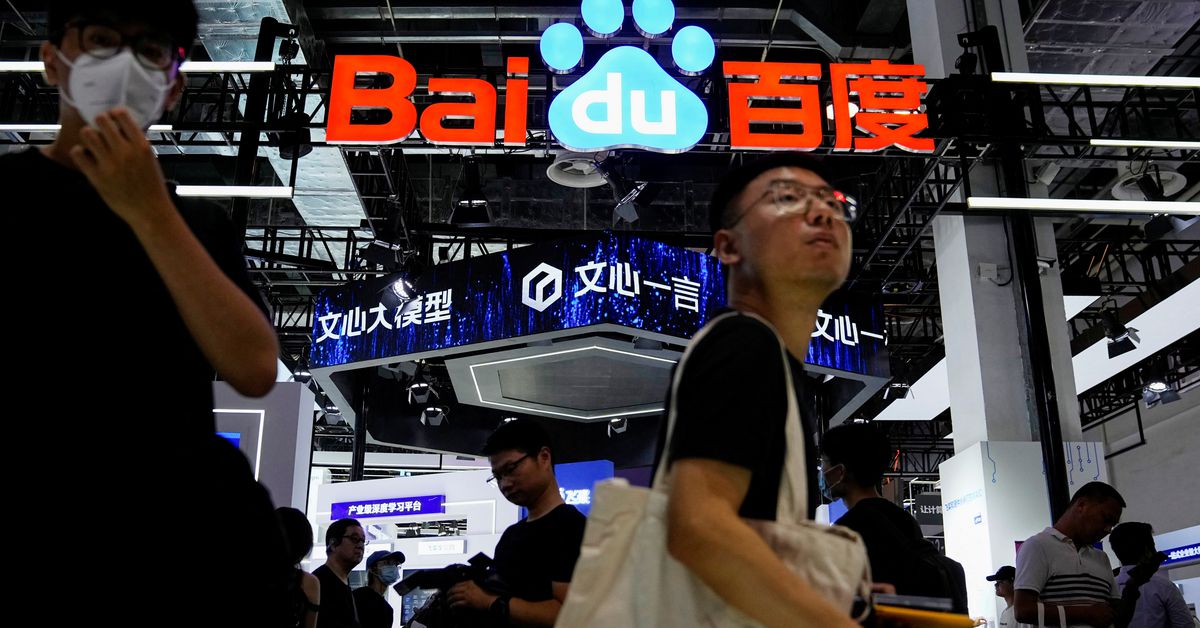- cross-posted to:
- technology@lemmy.world
- cross-posted to:
- technology@lemmy.world
Joe Bidens communist agenda to bolster the Chinese chip industry in action
Critical support for comrade Biden in his plan to promote Chinese domestic industry!
It’s kinda to be expected. US export controls are preventing the sale of NVida chips to Chinese companies. Those companies can either adapt or go out of business. So, they are adapting. China also have a sizable semi-conductor industrial base; so, we should expect to see some switch to domestic production to de-risk their supply chain. While it will be a long time (if ever) for that domestic production capability to catch up with US based companies, the current situation does give them an incentive and source of funding to try. It will be interesting to see, going forward, if Huawei can improve on their technology and processes to challenge NVidia.
It will be interesting to see, going forward, if Huawei can improve on their technology and processes
Why is this even a question? China is leading the world in high tech research.
to challenge NVidia
This is where the question is, but if we examine it, why would it be a question of if instead of when? What magic does NVidia have that the largest population in the world with the fastest growing economy in the history of the world can’t compete with?
A competant driver team.
The spun off company from chinas nvidia branch “Moore Threads” has a gpu out that you can buy, but drivers are extremely terrible on it.
Intel is an example of a major corporation who jumped into the dgpu game a few years ago, and they ran into several driver problems and still have many to this day.
The hardest part of gpu design nowadays isn’t the hardware part, but the software side
Fair enough. It still seems like it could be a matter of when, instead of if, isn’t it?
of course, its just that its a huge task to undertake. People still give AMD shit for their drivers and they’ve been doing it for over a decade. It’s a huge problem for any company to build a competent driver team, especially for graphics, be it on PC or on mobile (e.g Qualcomm has a negative stigma for not supporting its devices long). The when for it is not in any short time window and would be a task that would take several years realistically. One way to fast track it would be approaching in an open source way (e.g AMD/Intel linux GPU drivers) but at a corporate level, drivers for those kinds of gpus usually cost way more to produce (part of the reason why workstation and server gpus are magnitudes more expensive than their consumer counterpart)
Drivers for graphics are much more difficult to write than for GPGPU applications.
The A100 is widely considered to be about half the performance of Nvidia’s newest H100. More importantly for LLMs, it’s limited to about half the memory of the H100.
This is the best summary I could come up with:
BEIJING/SHANGHAI, Nov 7 (Reuters) - Baidu (9888.HK) ordered artificial intelligence chips from Huawei (HWT.UL) this year, two people familiar with the matter said, adding to signs that U.S. pressure is prompting Chinese acceptance of the firm’s products as an alternative to Nvidia’s.
Although Huawei’s Ascend chips are still seen as far inferior to Nvidia’s in terms of performance, the first source said they were the most sophisticated domestic option available in China.
In August, the two companies said they would deepen compatibility between Baidu’s Ernie AI model and Huawei’s Ascend chips.
Analysts predicted last month that the U.S. curbs would create an opening for Huawei to expand in its $7 billion home market.
The order adds to signs of technological advances for Huawei, as Beijing pours investment into its domestic semiconductor industry to help it catch up with overseas peers and urges state-owned firms to replace foreign technology with domestic alternatives.
In September, Reuters reported that Huawei’s in-house chip design unit, HiSilicon, had commenced shipments of newly developed Chinese-made processors for surveillance cameras to clients in 2023 in another comeback sign.
The original article contains 595 words, the summary contains 181 words. Saved 70%. I’m a bot and I’m open source!




